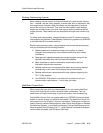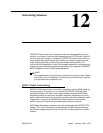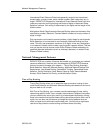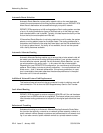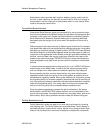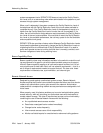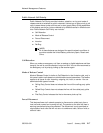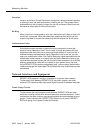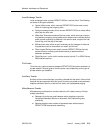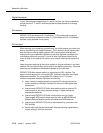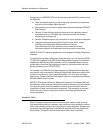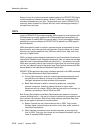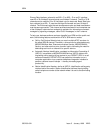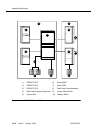
Network Management Features
Issue 5 January 1998
12-7555-230-024
Public Network Call Priority
Public Network Call Priority provides intrusion, retention, re-ring, and mode of
release control to switches on public networks. It allows you to give priority to toll
calls in areas where trunks and lines are in short supply.Many of the capabilities
of this feature are similar, but are referred to by different names in different coun-
tries. Public Network Call Priority can include:
■ Call Retention
■ Mode of Release Control
■ Forced Disconnect
■ Intrusion
■ Re-Ring
NOTE:
All of these features are designed for special network conditions in
countries outside the United States, particularly Spain, Russia and
China.
Call Retention
When you make an emergency call from an analog or digital telephone and then
hang up, the call is not disconnected, but put on hold. You can then reconnect to
the emergency call by simply picking up the receiver again.
Mode of Release Control
Mode of Release Control is similar to Call Retention in that it retains calls, only in
this case it retains calls based on administrable control parameters. The feature
applies to all types of calls: incoming, outgoing, toll, local, or service. You can
administer three types of control:
■ Calling Party Control does not release the line until the calling party picks
up.
■ Called Party Control does not release the line until the called party picks
up.
■ First Party Control releases the line to whomever picks up first.
Forced Disconnect
This feature allows a toll network operator to disconnect a called party from a
local call and connect an incoming toll call. The parties on the local call hear a
warning tone before being disconnected. The disconnect is only permitted on
single-station local calls and will not occur to conference calls, calls on hold, or
other toll calls.



